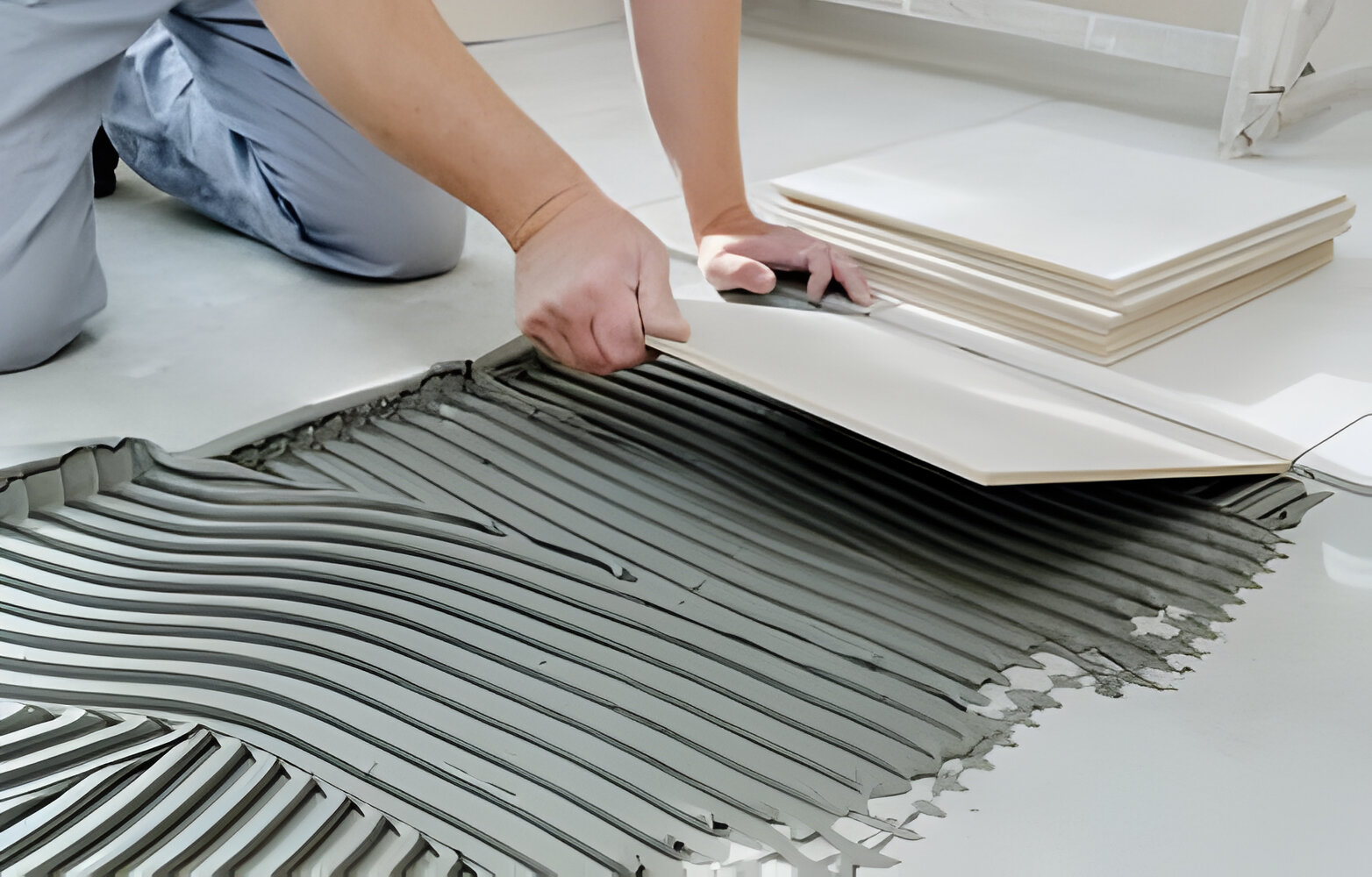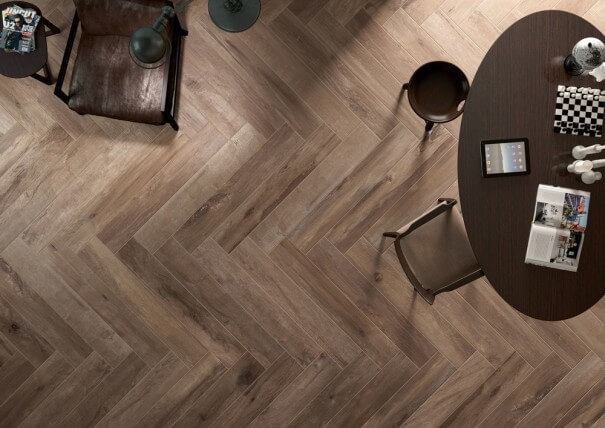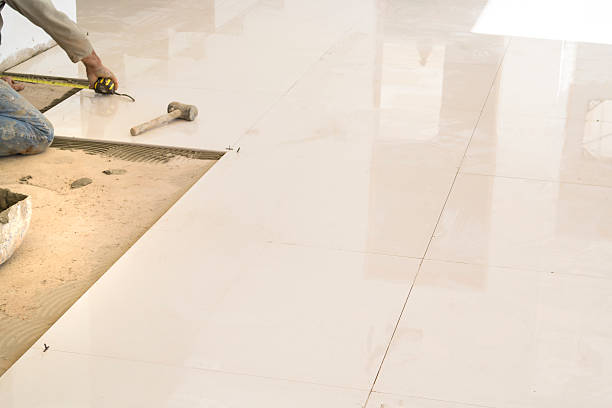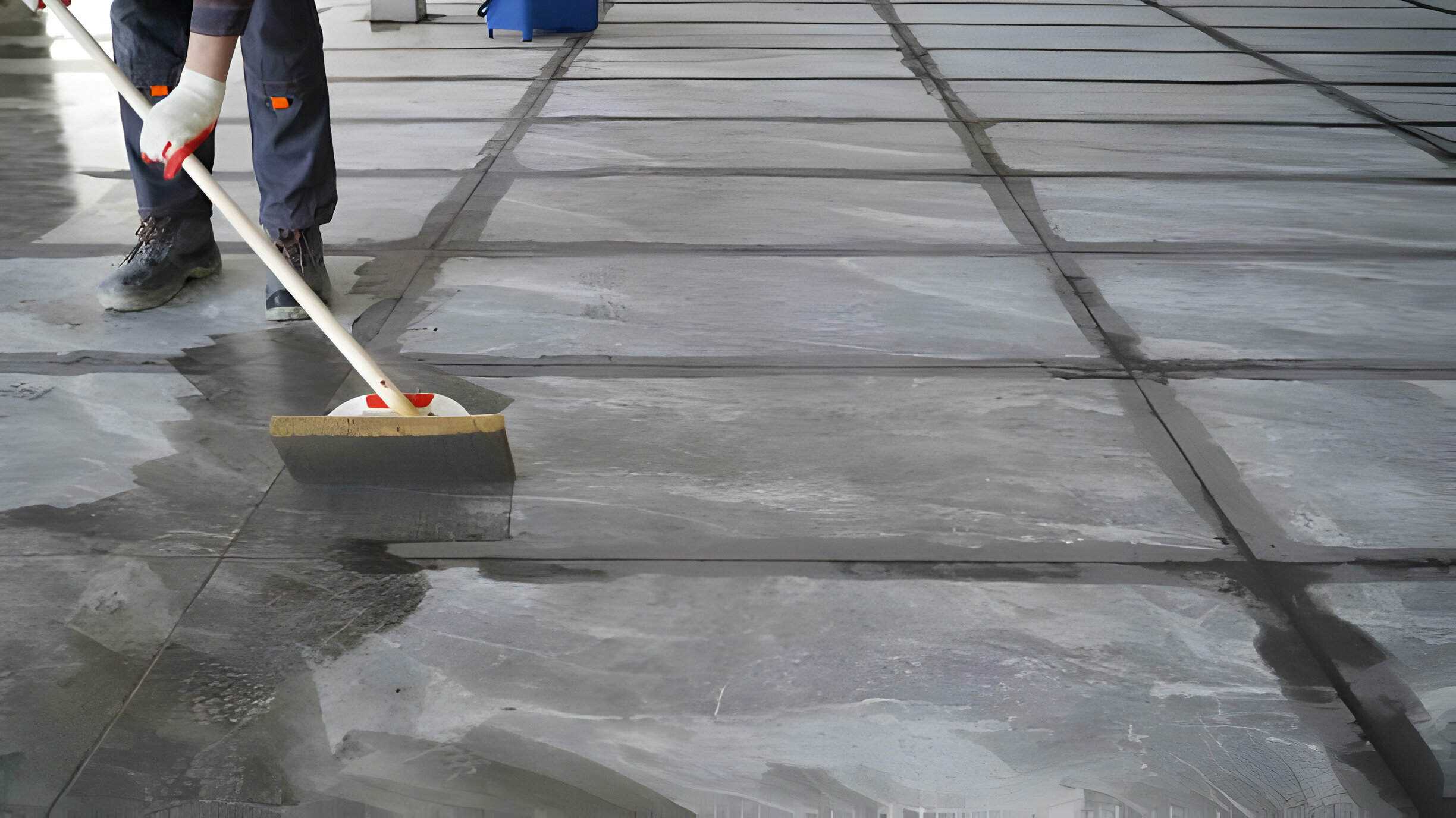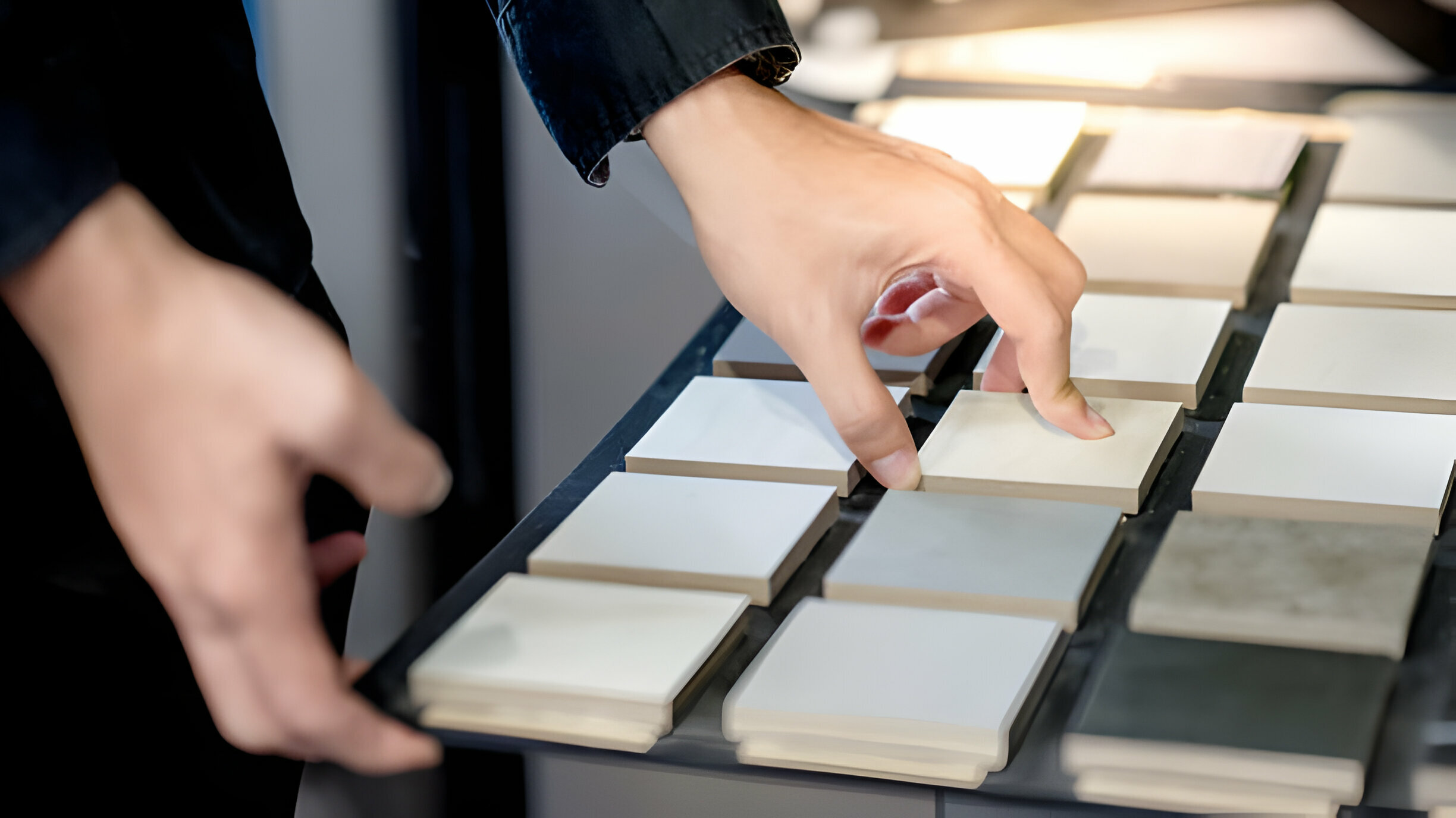Proper tiling techniques are essential for achieving not only aesthetic appeal but also ensuring the durability and functionality of tiled surfaces. Whether it’s for a kitchen, bathroom, or any other area, correctly tiling a space involves precise measurements, appropriate materials, and skilled installation. Neglecting proper techniques can lead to issues such as uneven surfaces, water leakage, and premature wear and tear. Therefore, understanding and implementing the right tiling methods are crucial for long-lasting and visually pleasing results.
Common Tiling Mistakes to Avoid
1. Lack of Proper Planning
Effective planning and thorough preparation are fundamental to the success of any tiling project. With proper planning, individuals can avoid encountering various issues throughout the process, leading to subpar results and potential rework. Planning enables a clear understanding of project requirements, ensures the availability of necessary materials, and helps anticipate and mitigate potential challenges. Additionally, proper preparation sets the foundation for efficient execution, resulting in a smoother and more satisfying tiling experience overall.
To ensure thorough planning for a tiling project, the following steps are recommended:
Set a budget: Establish a realistic budget to guide decision-making and prevent overspending on materials and labor.
Choose suitable tiles: Select tiles based on factors such as durability, style, and functionality, ensuring they are appropriate for the intended space.
Create a layout plan: Develop a detailed layout plan outlining tile placement, patterns, and transitions to visualize the final outcome and ensure proper alignment.
Gather necessary materials and tools: Compile a comprehensive list of materials and tools required for the project, ensuring everything is readily available before starting.
Prepare the surface: Thoroughly clean and repair the surface to ensure proper adhesion and stability before beginning the tiling process.
Consider logistical factors: Take into account access to the site, storage of materials, and scheduling of work activities to avoid disruptions and delays.
Seek professional advice if necessary: Don’t hesitate to consult experienced professionals or reputable sources for guidance on any uncertainties or challenges encountered during planning.
Visit Tile Factory Outlet for premium quality porcelain tiles that redefine elegance and durability.
2. Incorrect Surface Preparation
Proper surface preparation is crucial for ensuring the success and longevity of a tiling project. The surface serves as the foundation upon which tiles are installed, and any flaws or inadequacies can lead to adhesion issues, unevenness, and premature tile failure. Effective surface preparation promotes optimal tile adhesion and prevents cracking, shifting, and water damage. By addressing surface imperfections and applying appropriate treatments, individuals can create a stable and durable substrate that enhances the overall quality and longevity of the tiled surface.
One common mistake in surface preparation is inadequate cleaning and leveling of the substrate. Dust, debris, and unevenness can compromise the bond between the tiles and the surface, leading to adhesion failure and uneven tile installation. To avoid this, thoroughly clean the surface, remove any dirt, grease, or residues, and ensure proper leveling using suitable techniques such as patching or self-leveling compounds.
3. Poor Tile Layout
A well-planned tile layout is essential for achieving a visually appealing and harmonious finish in any tiled space. The layout determines the positioning, alignment, and distribution of tiles, significantly impacting the overall aesthetic quality of the installation. Proper planning ensures symmetry, balance, and proportionality, enhancing the visual flow and coherence of the design. Additionally, a carefully planned layout minimizes waste, optimizes tile usage, and reduces the need for excessive cuts or adjustments during installation, resulting in a more efficient and cost-effective project.
One common mistake in tile layout is failing to establish proper symmetry and alignment. This can result in uneven or irregular tile placement, detracting from the overall appearance of the installation. To address this issue, use layout tools such as chalk lines, laser levels, or tile spacers to ensure straight and consistent alignment throughout the project. Take care to measure and mark layout lines accurately before starting to ensure precise placement of tiles.
If you’re in search of installation materials for tiles, look no further! Additionally, discover how to calculate the right amount of tiles needed for your project with our helpful resources. Whether you’re a DIY enthusiast or a seasoned professional, we have everything you need to ensure a successful tile installation.
4. Picking the wrong size tiles
Picking the wrong size tiles is a common tiling mistake to avoid. When selecting tiles, it’s essential to consider the size of the space and the overall design aesthetic carefully. Using tiles that are too large can overwhelm a small area, making it feel cramped or disproportionate, while tiles that are too small can create a busy or cluttered appearance. Additionally, choosing tiles that are not proportionate to the dimensions of the room can result in awkward cuts and wasted material during installation. To avoid this mistake, carefully measure the space and consider the scale and layout of the area before selecting tile sizes. Mock-ups or digital renderings can also help visualize how different tile sizes will look in the space before making a final decision.
5. Inadequate Adhesive Application
Proper adhesive application is critical for ensuring the long-term stability and durability of tiled surfaces. The adhesive serves as the bonding agent between the tiles and the substrate, providing structural support and preventing tiles from shifting or becoming dislodged over time. Insufficient or improper adhesive application can compromise the integrity of the installation, leading to issues such as tile failure, unevenness, and water penetration. By applying adhesive correctly, individuals can ensure strong adhesion, uniform tile placement, and a professional-quality finish that withstands the test of time.
One common mistake is applying too little adhesive, resulting in inadequate bonding between the tiles and the substrate. This can lead to tiles becoming loose or popping out, especially in high-traffic areas or environments with moisture exposure. To address this issue, ensure thorough coverage of adhesive on both the substrate and the back of the tiles, using the appropriate trowel size and technique for the type and size of tiles being installed. Additionally, consider back-buttering larger tiles or tiles with uneven backs to ensure consistent coverage and adhesion.
Another mistake is using the wrong type of adhesive for the specific tile and substrate materials being installed. Different types of tiles (e.g., ceramic, porcelain, natural stone) and substrates (e.g., concrete, wood, drywall) require different adhesives with varying bonding properties and compatibility. Using an incompatible adhesive can result in poor adhesion, bonding failure, and tile detachment. To avoid this, carefully read and follow the manufacturer’s instructions for selecting the appropriate adhesive based on the tile and substrate materials, as well as the environmental conditions of the installation area. Conduct a small test area if necessary to ensure compatibility and adhesion strength before proceeding with the full installation.
6. Incorrect Grout Application
Proper grouting is essential for both aesthetic and functional reasons in tiled surfaces. Grout fills the gaps between tiles, providing structural support, preventing water penetration, and enhancing the overall appearance of the installation. Correctly applied grout creates a uniform and cohesive surface while also sealing out moisture and preventing the accumulation of dirt and debris in the gaps between tiles. Without proper grouting, tiles may be susceptible to movement, water damage, and diminished aesthetic appeal over time.
One common mistake is failing to mix the grout properly, resulting in inconsistent color, texture, and adhesion. To prevent this, follow the manufacturer’s instructions carefully when mixing grout, ensuring the correct ratio of water to grout powder and thorough blending to achieve a smooth and homogenous consistency. Avoid adding too much water, as this can weaken the grout and compromise its integrity. Additionally, allow the grout to slake (rest) for the recommended time before use to ensure optimal performance.
7. Lack of Proper Sealing
Sealing tiles and grout is crucial for protecting the integrity and longevity of the tiled surface. Proper sealing helps prevent moisture penetration, stains, mold growth, and deterioration of both the tiles and grout. Sealing also enhances the durability and ease of maintenance of the tiled surface, prolonging its aesthetic appeal and functionality. Without adequate sealing, tiles, and grout are vulnerable to damage from water, dirt, oils, and other contaminants, leading to costly repairs and premature deterioration of the installation.
One common mistake is applying sealer before allowing the grout to cure fully. Rushing the sealing process can trap moisture and impurities in the grout, compromising its integrity and leading to discoloration or staining over time. To address this, allow the grout to cure according to manufacturer recommendations before applying the sealer. Typically, grout should cure for at least 24 to 72 hours, depending on the type and conditions. Once the grout is fully cured, thoroughly clean the surface to remove any residue or debris before applying the sealer. Additionally, ensure proper ventilation during and after sealing to allow the sealer to cure effectively and achieve optimal protection.
Summary
While tiling may seem straightforward, it requires careful attention to detail and adherence to best practices to achieve professional-quality results. By learning from common mistakes and taking proactive measures to avoid them, individuals can ensure a successful tiling project that enhances the beauty and functionality of the space.
When shopping for tiles, consider Tile Factory Outlet for a wide selection of high-quality options at competitive prices, ensuring both style and affordability for your tiling needs.

